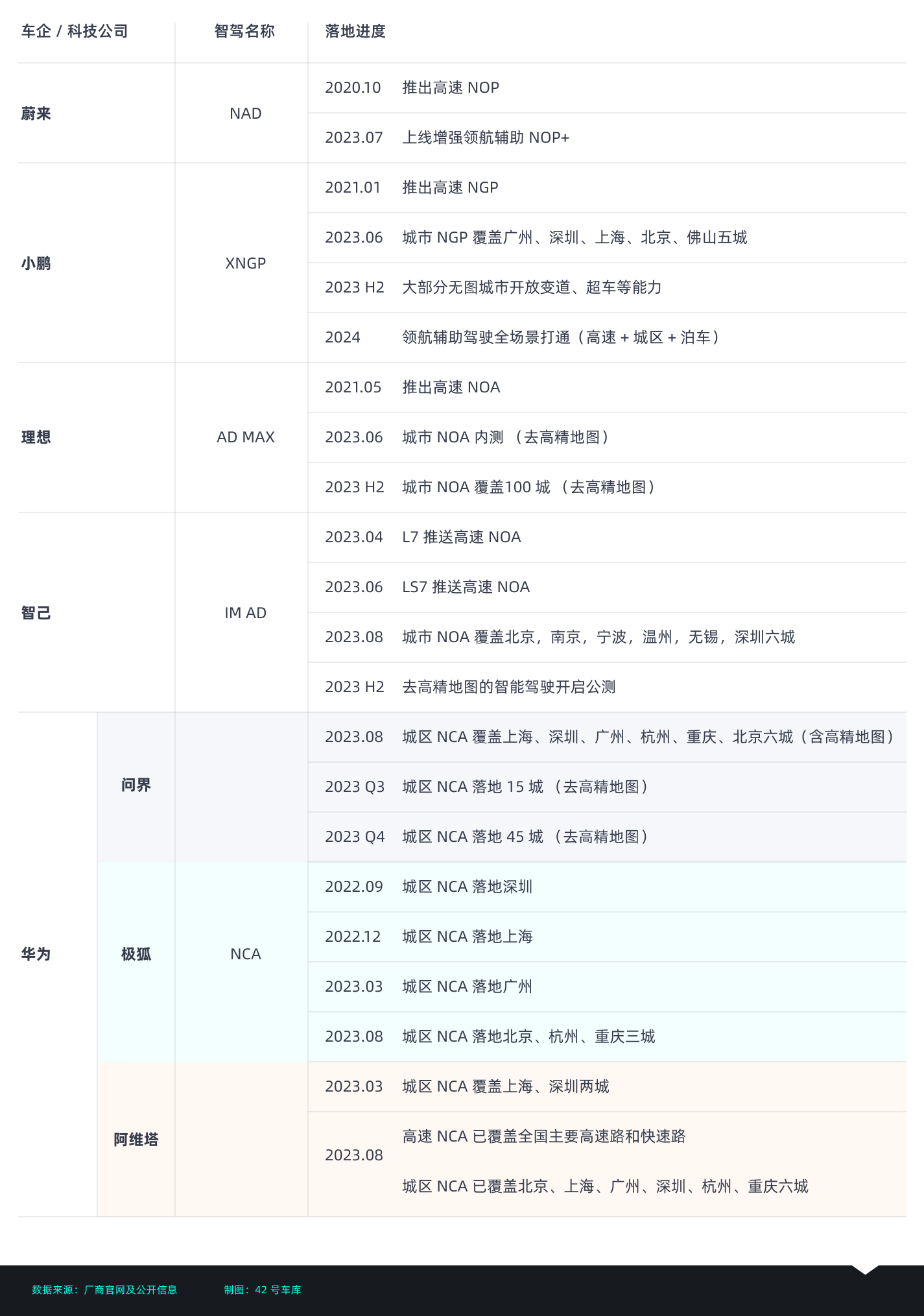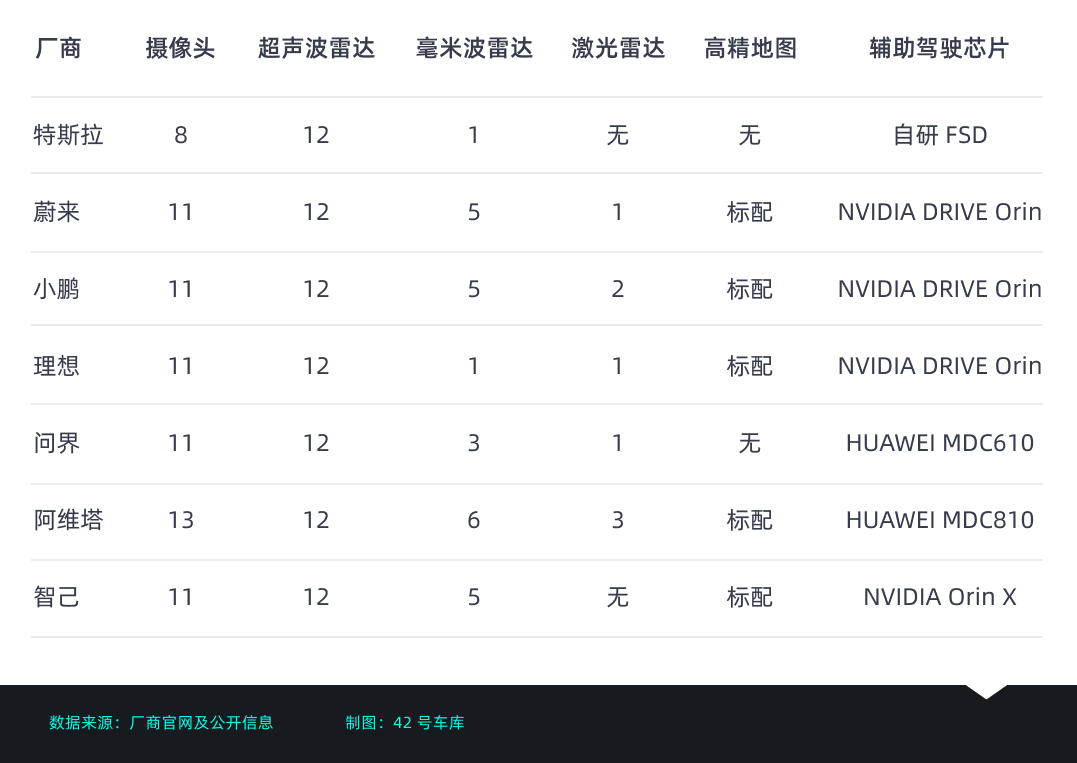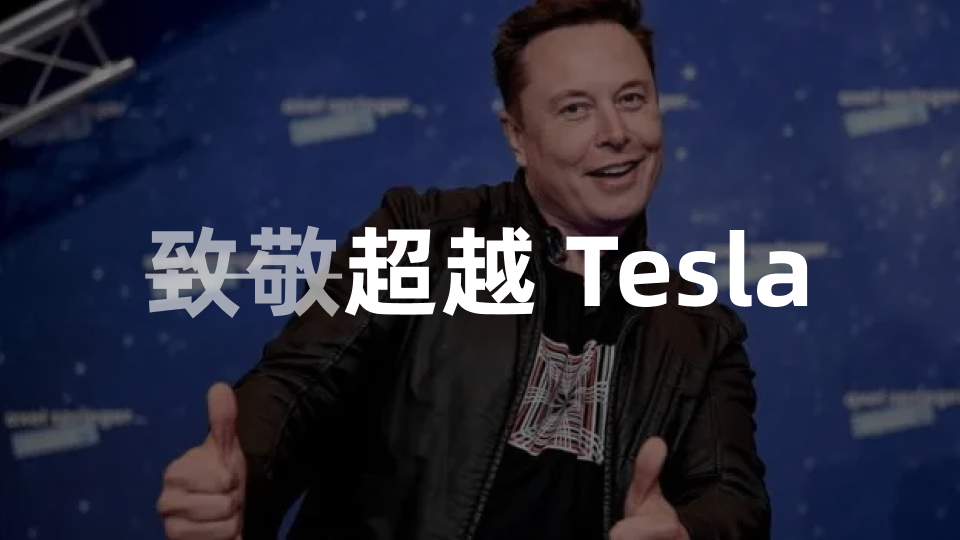A few days ago, Tesla unveiled FSD V12 End-to-End big model debut, driven entirely by data without a high-precision map or judgment code. Questions remain as to when it would land and be introduced to China and if it can smoothly generalize against complex urban traffic conditions once in China.
Looking back at our home-grown smart drive, since about 2020, NIO, Xpeng, and LI have been the first to start trials and iterations in the NOA high-speed scene. By 2023, the all plan to probe the ability boundary of NOA into the urban area, with the domestic manufacturers generally enthusiastic and consistently “getting rid of maps.”
Enthusiasm
They are all earnestly advancing city NOA’s coverage and landing speed, by expanding the scale of data sets, to solidify the foundation for algorithm iteration and strive to step into the advanced smart driving field sooner.

In the localization of NOA, domestic brands have already begun to surpass Tesla. From occasionally testing autonomous functions to getting hooked on Advanced Driving assistance, players have to roll up and get involved before Tesla’s FSD formally arrives.
Tesla
The title of the king of autonomous driving is nailed down before entering China.

Xpeng
Truly ahead, powerful and steady as a rock.

LI
Big model + Pure vision, the initial goal is to fully cater the expectation of early users in hundreds of cities.

NIO
The first domestic brand to trial the assisted driving subscription model.
Huawei
Yu Chengdong: “We have surpassed Tesla”, no need for a map to drive, visible and portable.

IM
The first domestic NOA based on a pure visual scheme.

From the above, although the players have distinctive approaches and pace in implementing their NOAs, they stand unified in face of Tesla, the global leader in autonomy, young independent brands have faced their rivals head-on, actively improving efficiency in the cycle of following-closing in-surpassing.
Mapless
The stability of intelligent driving functions ultimately depends on the quality of the hardware. Unlike Tesla, the believer of a pure visual scheme, domestic manufacturers generally insist on multi-fusion sensing in hardware selection.

This morning, Tesla launched the revamped Model 3. Rumor has it that the new visual scheme has become purer, removing ultrasonic radar, and adding blind spot warning lights in the car for cover. Compared to the redundant multi-sensor scheme favored by domestic brands, will the latter prove more resilient to the diverse local road conditions?
On the issue of high-precision maps, manufacturers tend to target single vehicle drawing perception. Under the consensus of “going mapless”, Xpeng, Huawei, and LI are already taking action. In the next two years, whether the mapless NOA schemes are viable and stable remains to be seen.## Epilogue
Perhaps you would recall this phrase from the “Analects of Confucius”: “The higher you look up at it, the taller it seems; the harder you work at it, the tougher it becomes”. The battle of intelligent driving is still ongoing. Faced with excellent competitor Tesla, our local players observe “Foreseeing what is ahead, and suddenly there behind”, given the context above, how would you interpret this phrase?
This article is a translation by ChatGPT of a Chinese report from 42HOW. If you have any questions about it, please email bd@42how.com.

